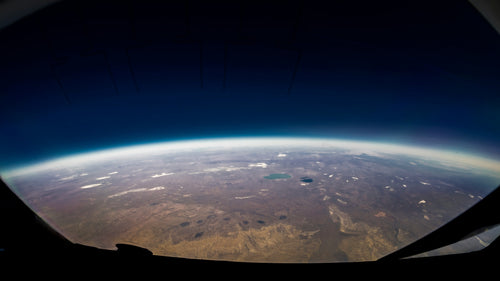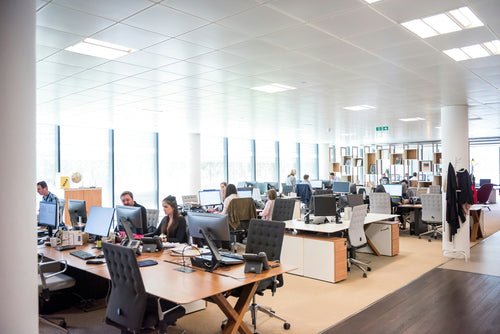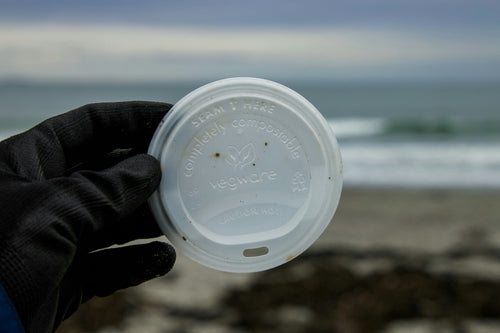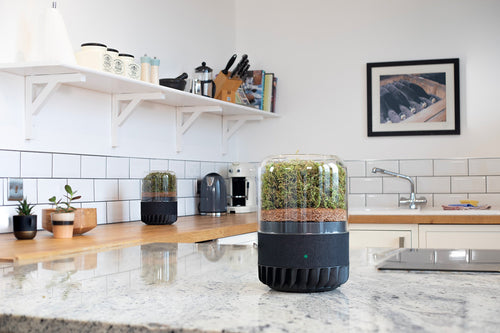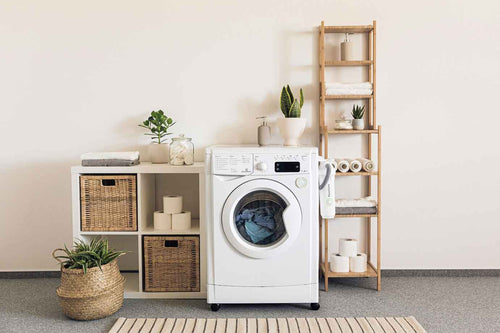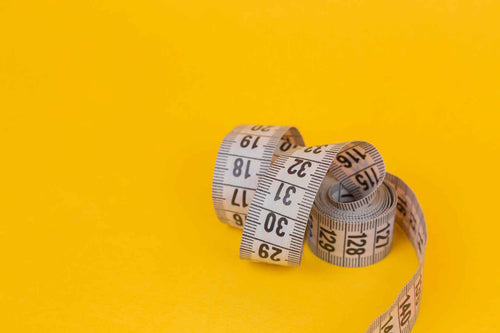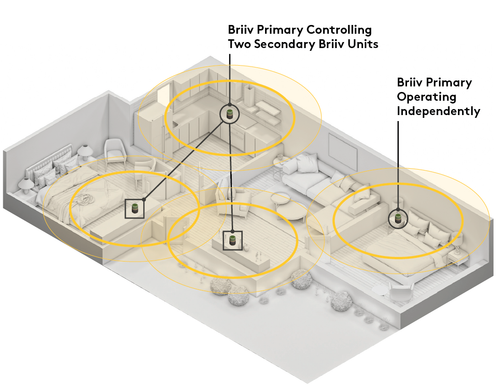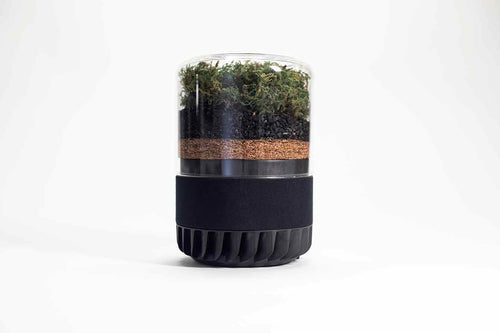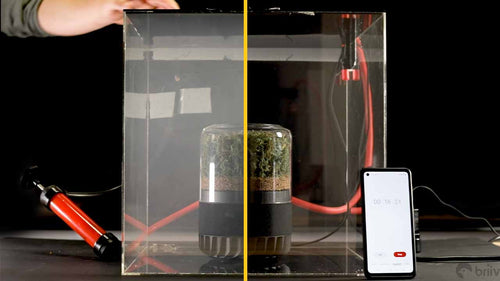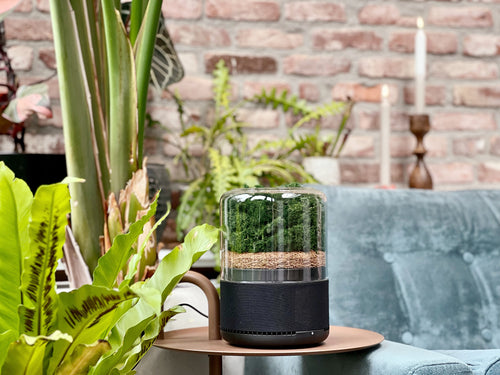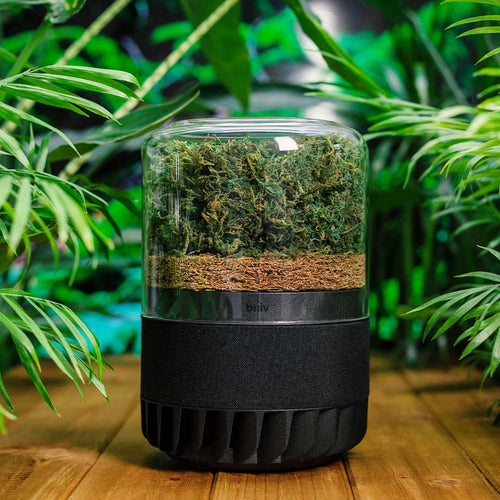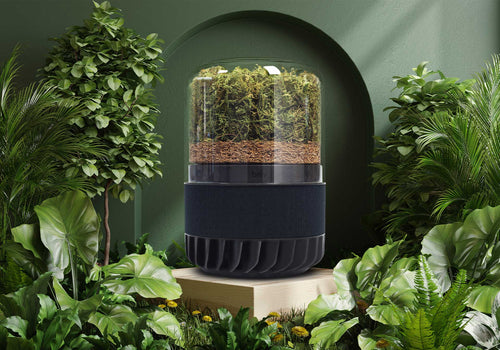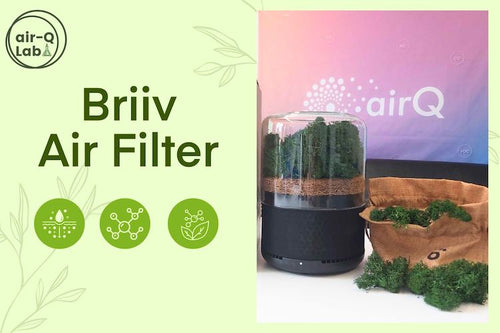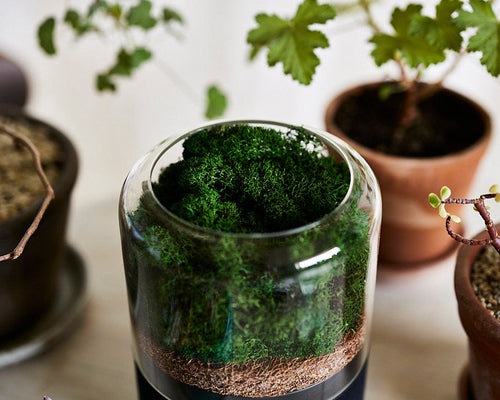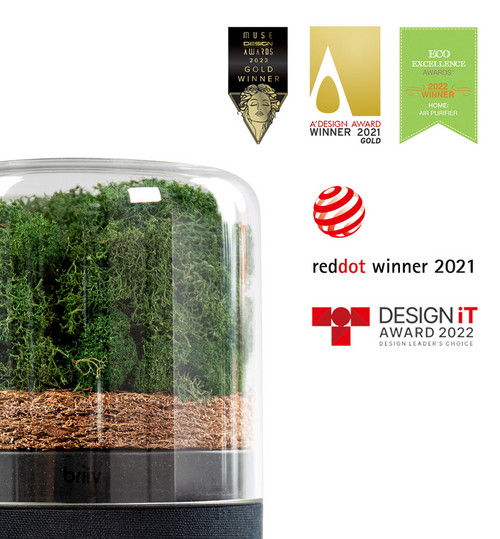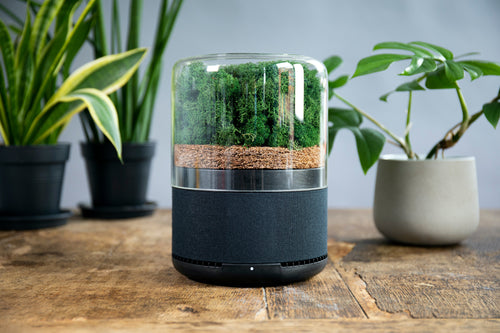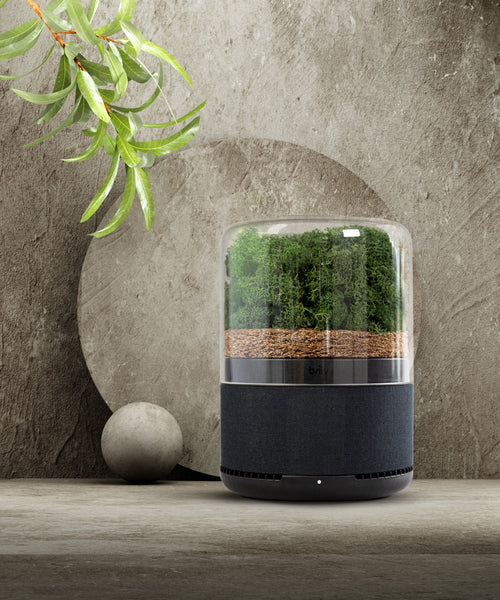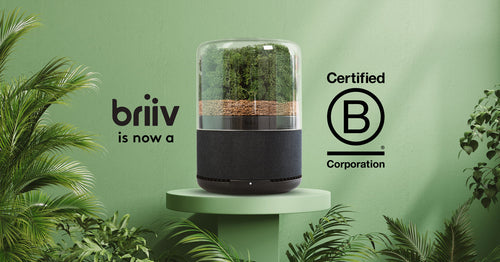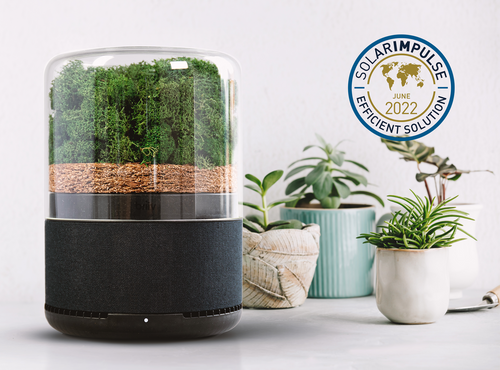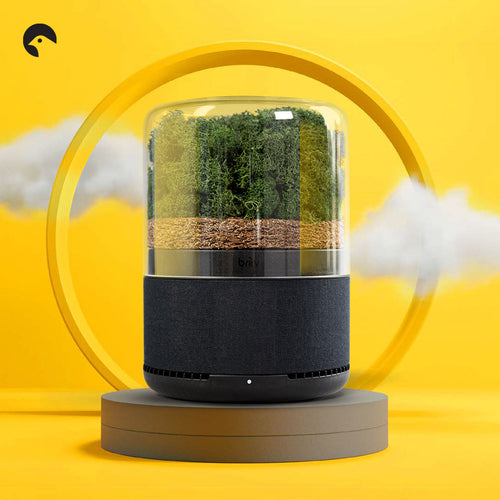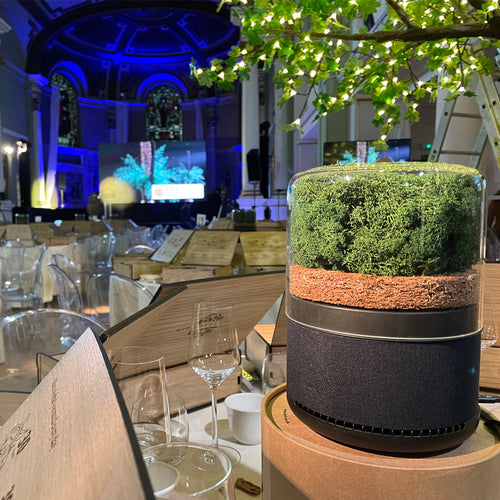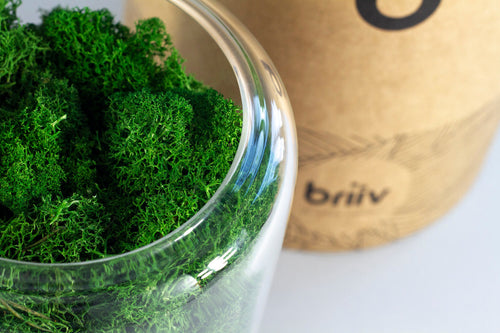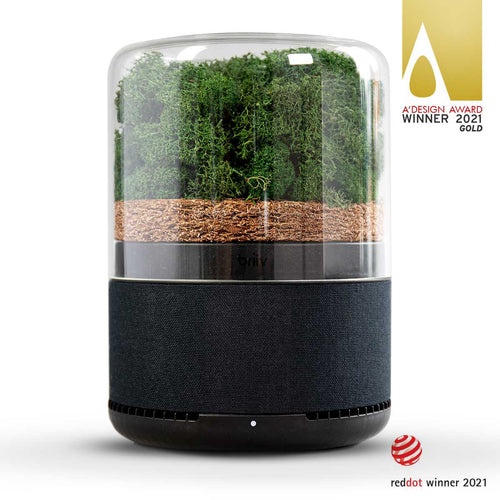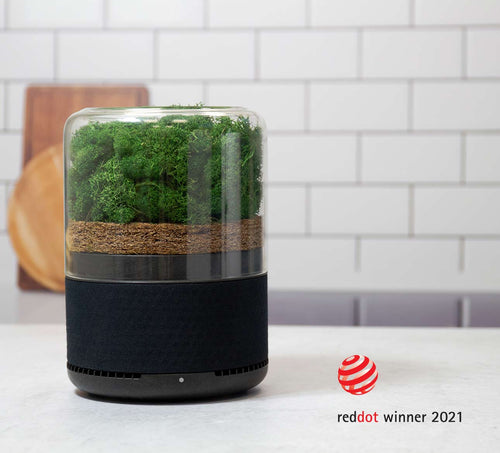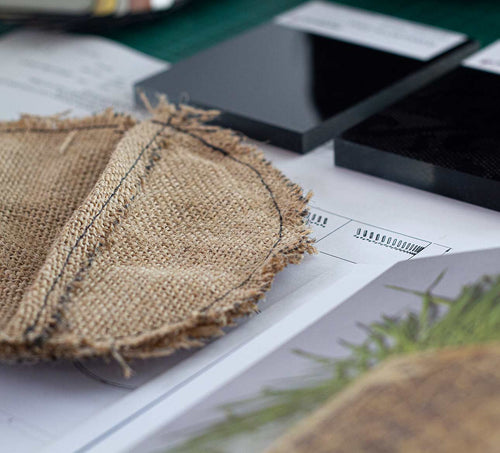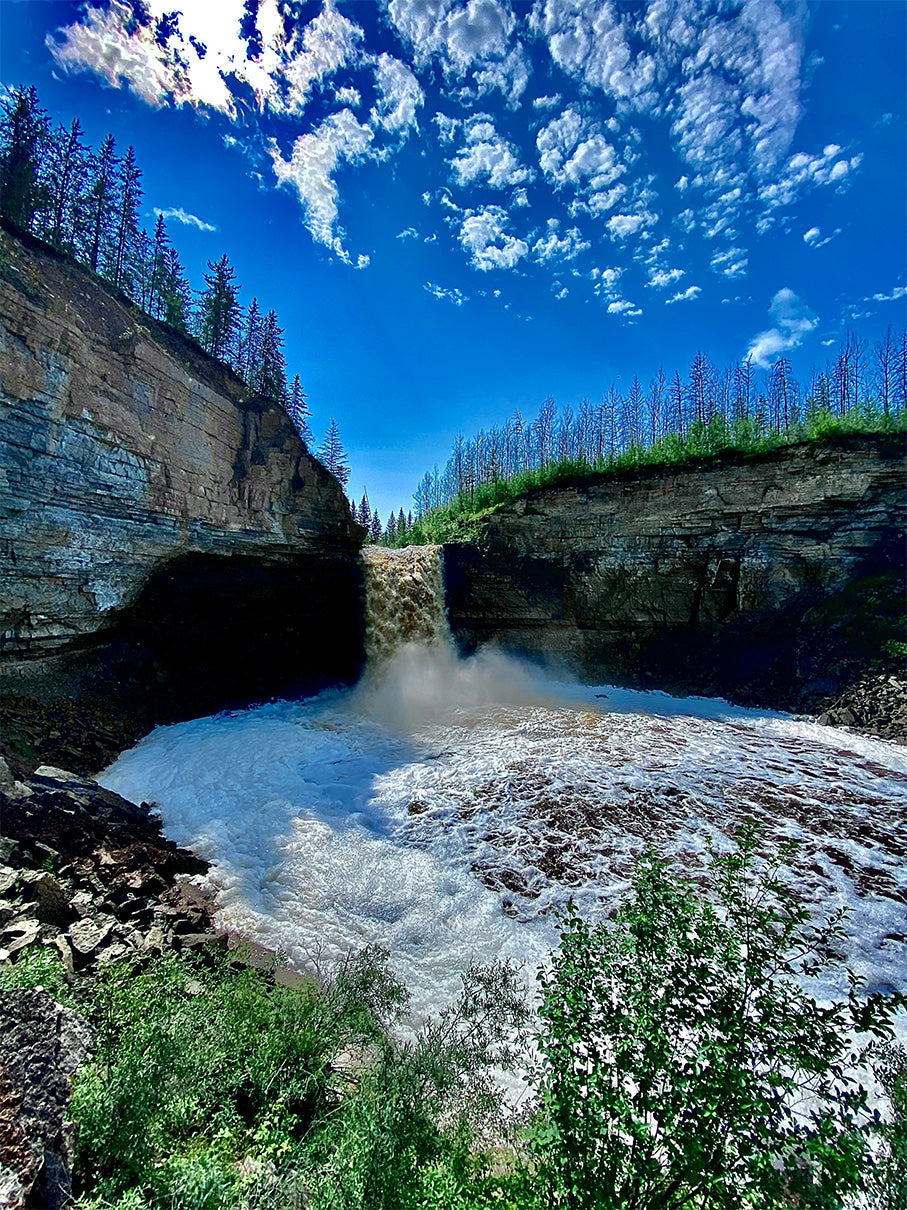
How Can We Use Earth’s Resources Sustainably?
Utilising Earth’s natural resources is essential for human wellbeing and development. From building materials to energy sources, land and water, nearly every aspect of modern life involves extracting, processing, and consuming natural resources to allow us to grow and develop as a society.

However, with resources being finite, and demand rising due to urbanisation, industrialisation, and a growing global population, it is crucial to consider how we use them more carefully.
What Is Sustainability?
Sustainability, and by extension sustainable development, is about meeting our current needs without compromising the ability of future generations to meet theirs. This means promoting economic and social growth while preserving the health of our planet. With greenwashing becoming more common amongst companies and manufacturers as they try to exaggerate claims of environmental positives or reduced impact, it can be easy to lose sight of what true sustainability means. We covered this in our blog post Save Money, Live Sustainably: Practical Tips for an Eco-Conscious Lifestyle. Instead, refocusing on sustainable practices and the good we can do means we can make more informed choices that are better for us and our planet.
Effective resource management plays a central role in sustainable development. Whether through shifting to renewable energy sources, sourcing materials responsibly, or reducing the environmental impact of our consumption habits, managing Earth’s resources sustainably is key to long-term wellbeing and our ongoing ability to develop and grow.
The Problem of Overuse
Economist Kate Raworth introduced the concept of doughnut economics. This gives us a ‘societal floor’ and an ‘ecological ceiling’ for us to work in, which would allow the economy to thrive within safe environmental limits while ensuring societal needs are met. This means balancing the needs of humanity with sustainable growth and development, without going beyond the planet’s means. The ceiling is made up of nine planetary boundaries including climate change, biodiversity loss, and air pollution among others, while the twelve social foundations include meeting needs for food, health, education, and gender equality. The donut is the ‘sweet spot’ in the middle where needs are met without overshooting the boundaries.

Title: The Doughnut of social and planetary boundaries
Credit: Kate Raworth and Christian Guthier. CC-BY-SA 4.0
Citation: Raworth, K. (2017), Doughnut Economics: seven ways to think like a 21st century economist. London: Penguin Random House.
Overconsumption is a threat to this balance, so considering resource use and sustainable consumption in our purchasing decisions as both consumers and manufacturers means we can push for positive change towards more equitable, eco-conscious consumption and reduce the potential negative impacts.
The Role of Renewable Resources
When considering overconsumption it is important to take into account renewable and non-renewable resources, and the responsible use of these stores. Responsibly transitioning to renewable energy resources like solar, wind, and hydro power results in less ecological damage while still allowing for growth and development. As consumers we can push for change through the purchasing choices we make, as well as engaging with sustainably impactful policy.

Ethical Sourcing and Consumer Responsibility
One way to mitigate possible negative impacts is through ethical sourcing and consumption. For a manufacturer this involves choosing production methods and suppliers that are environmentally responsible and socially just. From transparent supply chains and minimising negative environmental impacts to fair labour practices and respecting land use dynamics, companies can make the choice to work with suppliers who align with their business practices and priorities
Manufacturers can play a significant role here, but as consumers we also hold a lot of power in shaping market demand. By understanding where our products come from and how they’re made, we can make more sustainable purchasing choices that support better practices and encourage manufacturers towards making better decisions. Knowing about the brands you’re purchasing from and their practices, or even whether their practices are accessible and transparent, can allow you to make informed and impactful decisions.
Sustainable use of Earth’s resources requires a combined, coordinated effort from individuals, industries, and governments. Through thoughtful management, ethical practices, and a shift towards renewables, we can ensure that natural resources continue to support human life both now and in the future.


